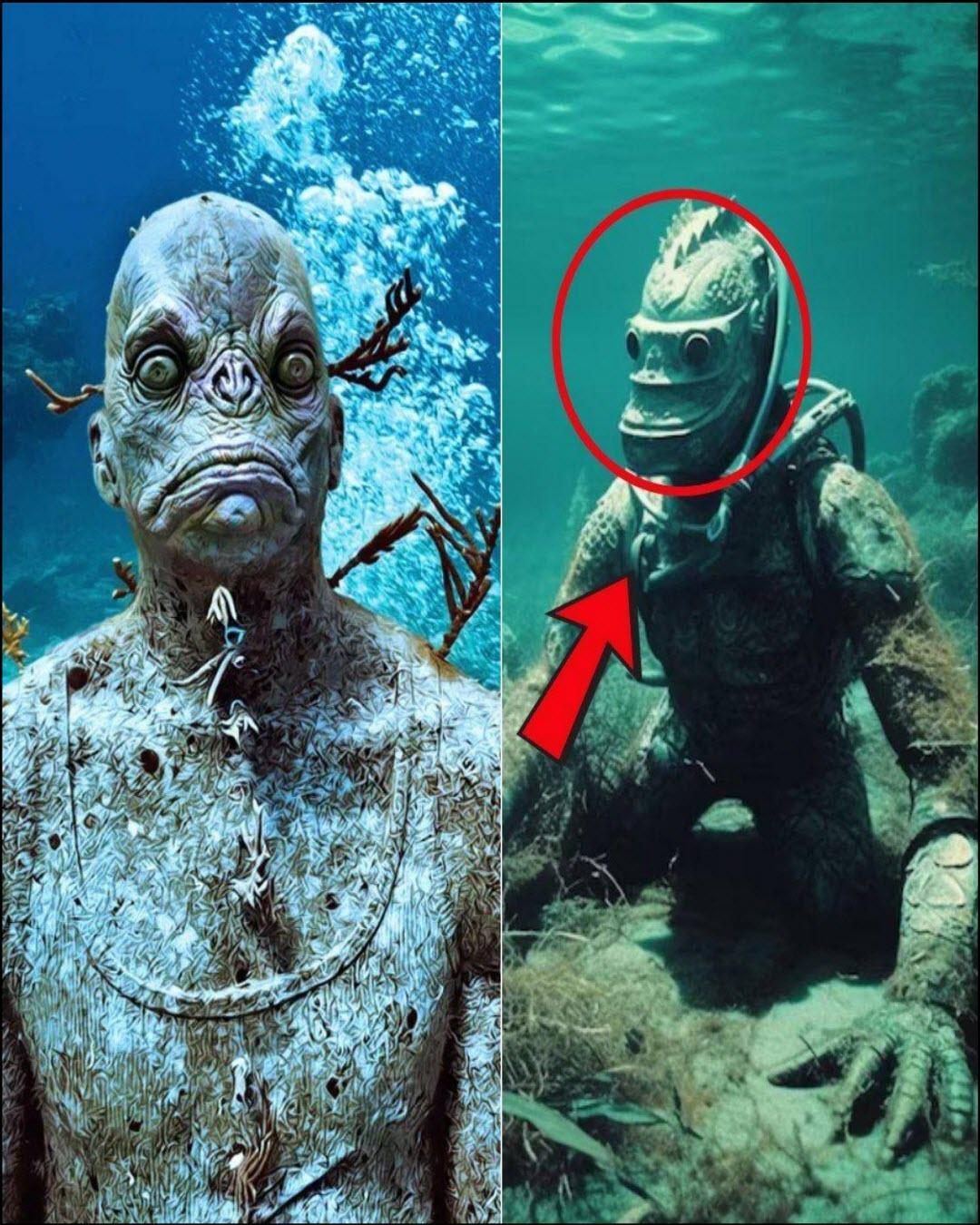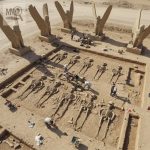Forgotten Worlds: Evidence of a Civilization Before the Ice Age

Human history is often portrayed as a linear progression, starting from early hunter-gatherers to complex societies of the modern era. Yet recent archaeological discoveries are challenging this narrative, revealing astonishing evidence that suggests advanced civilizations may have existed long before the last Ice Age. Dubbed “Forgotten Worlds” by researchers, these findings—including ancient ruins, intricate carvings, and highly sophisticated tools—are rewriting our understanding of humanity’s deep past.
A Glimpse Into an Ancient Civilization

Excavations across multiple continents have uncovered structures and artifacts that indicate a level of technological and cultural development previously thought impossible for pre-Ice Age societies. Stone carvings displaying mathematical precision, complex tools that defy conventional timelines, and ruins of settlements hint at organized communities with specialized skills. Such discoveries suggest that humans may have achieved remarkable feats of engineering, artistry, and social organization far earlier than mainstream history accounts for.
One particularly striking aspect of these findings is their potential connection to myths and legends. Tales of lost civilizations, most famously Atlantis, have long captured the imagination of scholars and storytellers alike. While often dismissed as myth, the evidence emerging from pre-Ice Age sites provides tantalizing hints that such civilizations might have existed and were wiped out by cataclysmic events, leaving only fragments for us to uncover millennia later.
Challenging Established History
These discoveries force historians, archaeologists, and scientists to reevaluate long-held assumptions about the origins of civilization. Conventional timelines place the rise of complex societies well after the end of the last Ice Age, roughly 12,000 years ago. However, the artifacts and ruins from these pre-Ice Age sites suggest that humans were capable of remarkable innovation and societal organization much earlier. This raises questions about how knowledge was developed, preserved, and potentially lost over vast spans of time.
The Significance of the Findings

Beyond rewriting human history, the evidence of these ancient civilizations has profound implications for our understanding of culture, mythology, and resilience. If civilizations existed before the Ice Age, their stories may have been passed down through myths, legends, and oral traditions, influencing the cultural narratives of later societies. Furthermore, studying these lost worlds can provide insight into how humans adapt to environmental change, survive cataclysms, and rebuild complex societies after global upheaval.
Looking Ahead
As researchers continue to explore these ancient sites, every artifact and structure offers a glimpse into a forgotten chapter of human history. Advanced dating techniques, interdisciplinary studies, and global collaboration are gradually piecing together a picture of a sophisticated world that predates recorded history. These “forgotten worlds” remind us that human ingenuity is not a product of the modern era alone but has deep roots stretching far back into prehistory.
Conclusion
The evidence of pre-Ice Age civilizations is a transformative discovery that challenges our perception of humanity’s origins. From intricately carved tools to enigmatic ruins, these findings suggest a lost world where humans achieved extraordinary feats long before conventional history begins. As the ice of time slowly reveals these secrets, we are reminded that the story of humanity is far more complex and awe-inspiring than we ever imagined. The search for understanding has only begun, and each discovery brings us closer to unlocking the mysteries of these ancient forgotten worlds.











